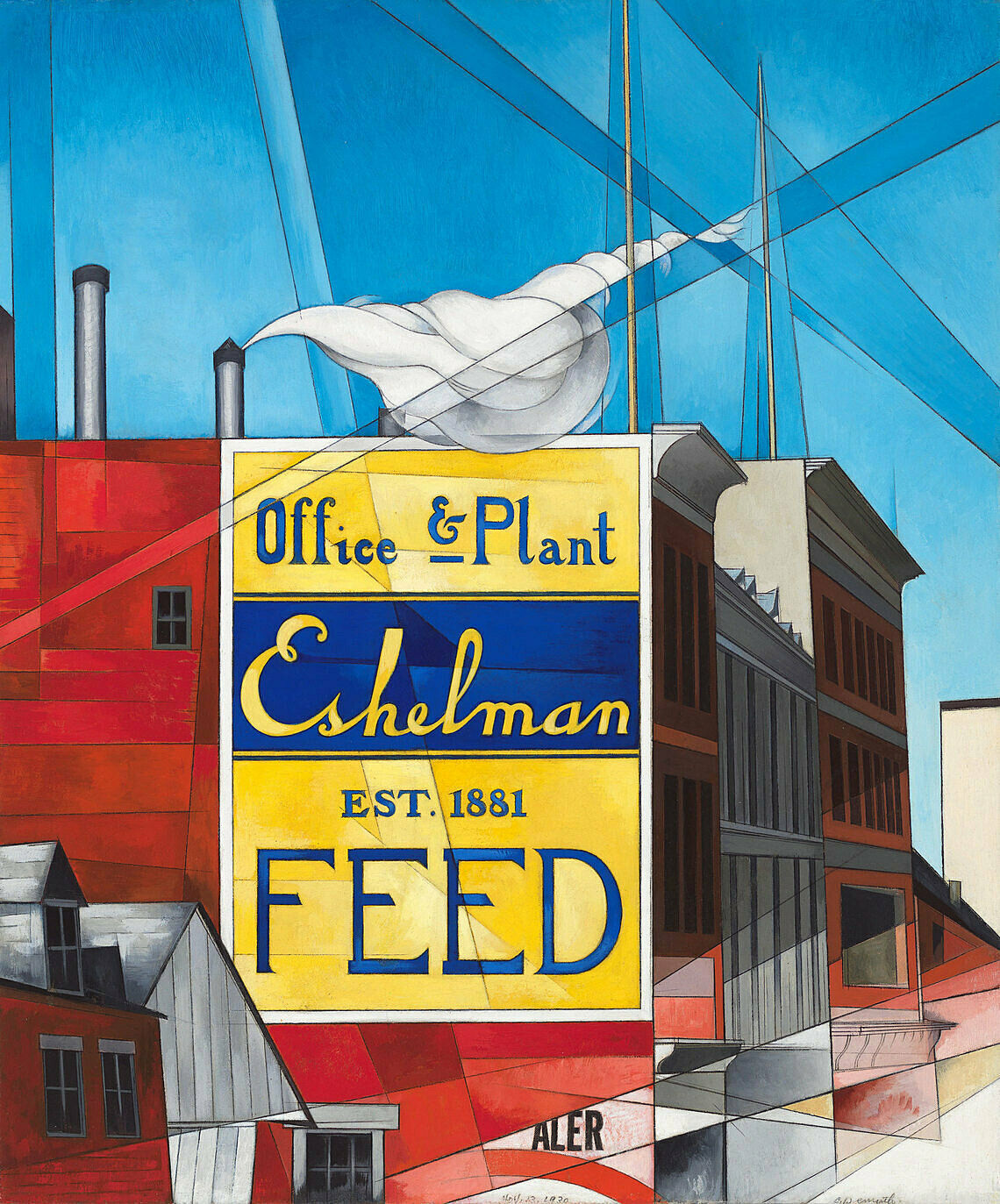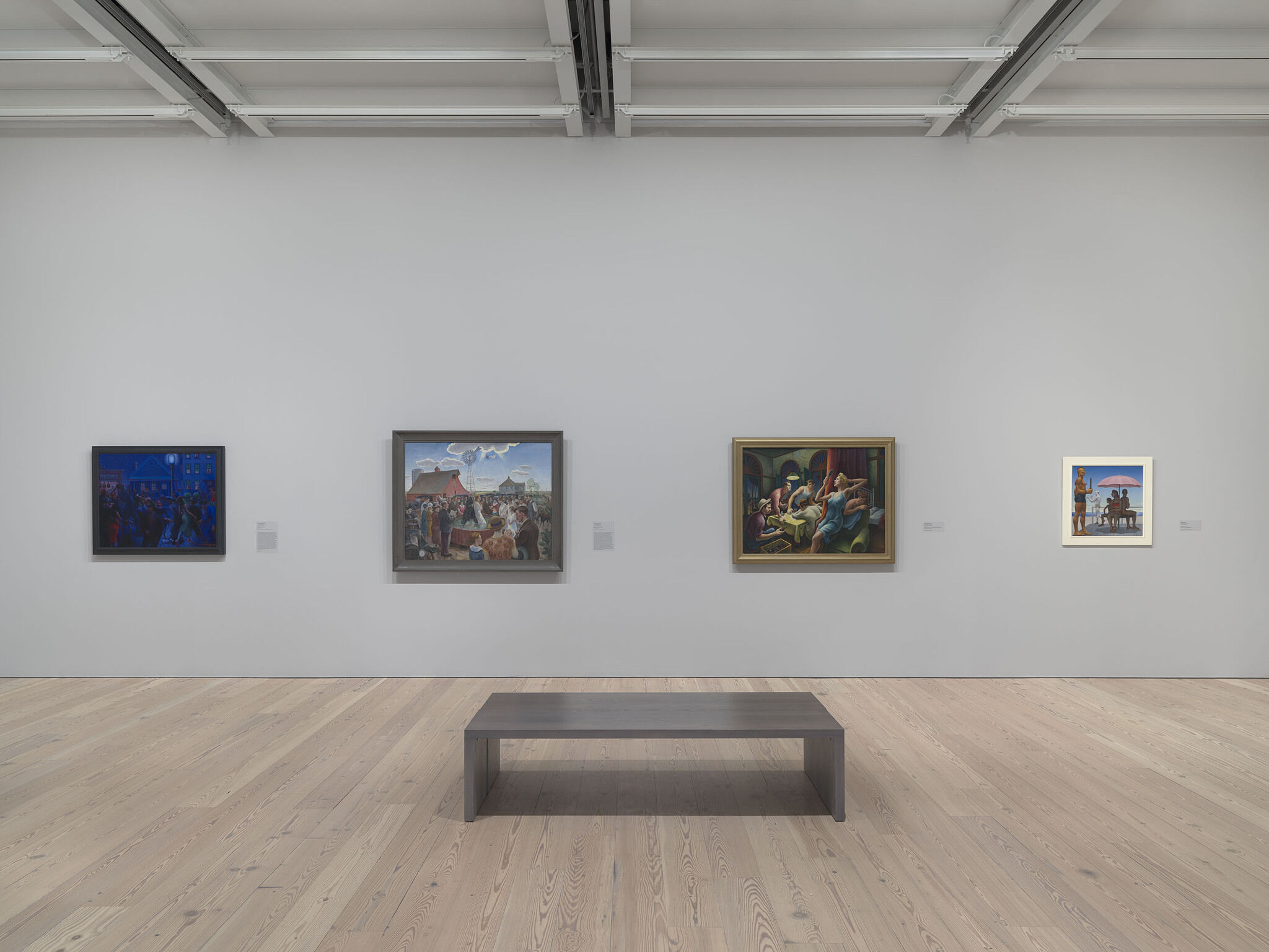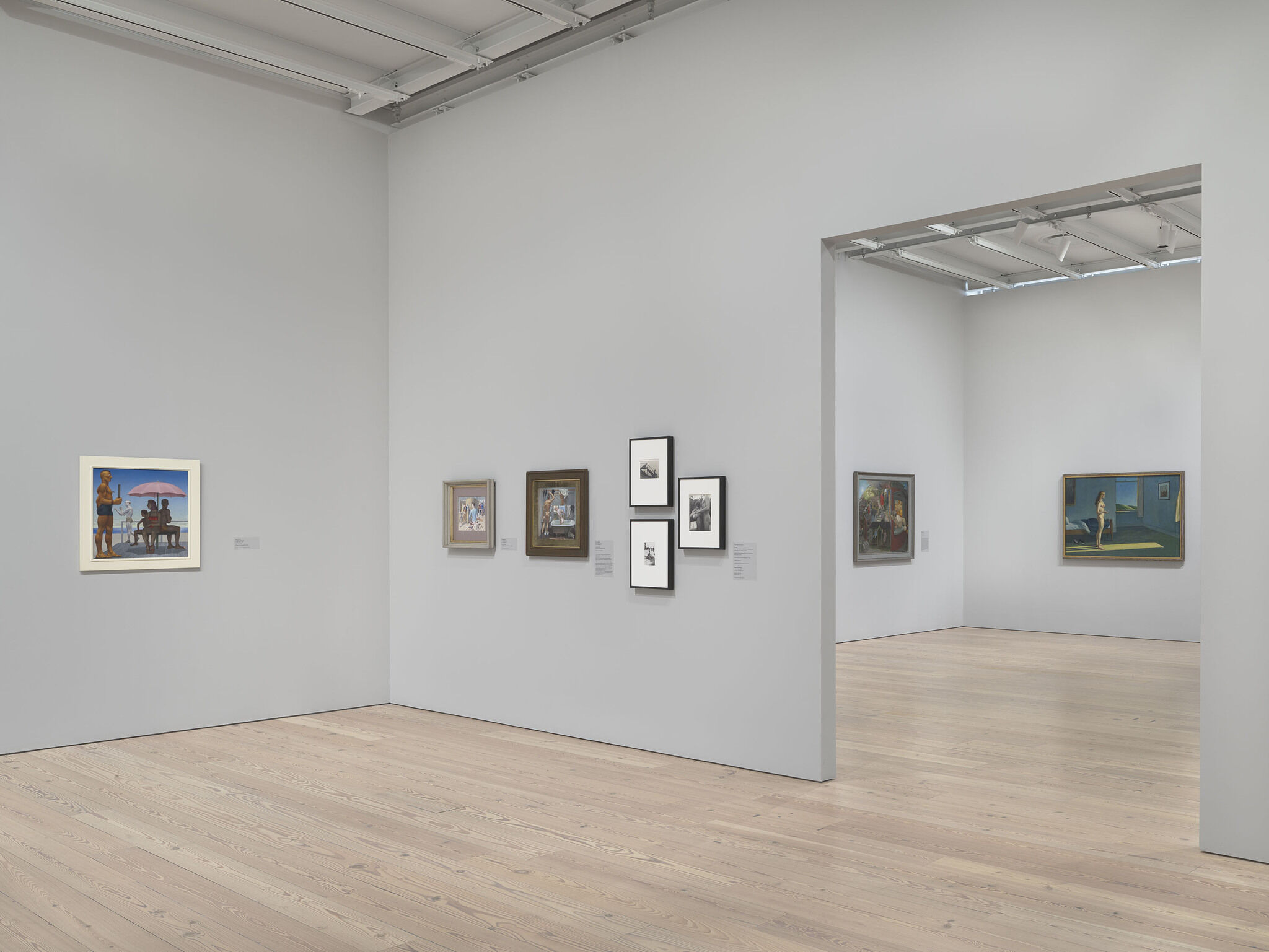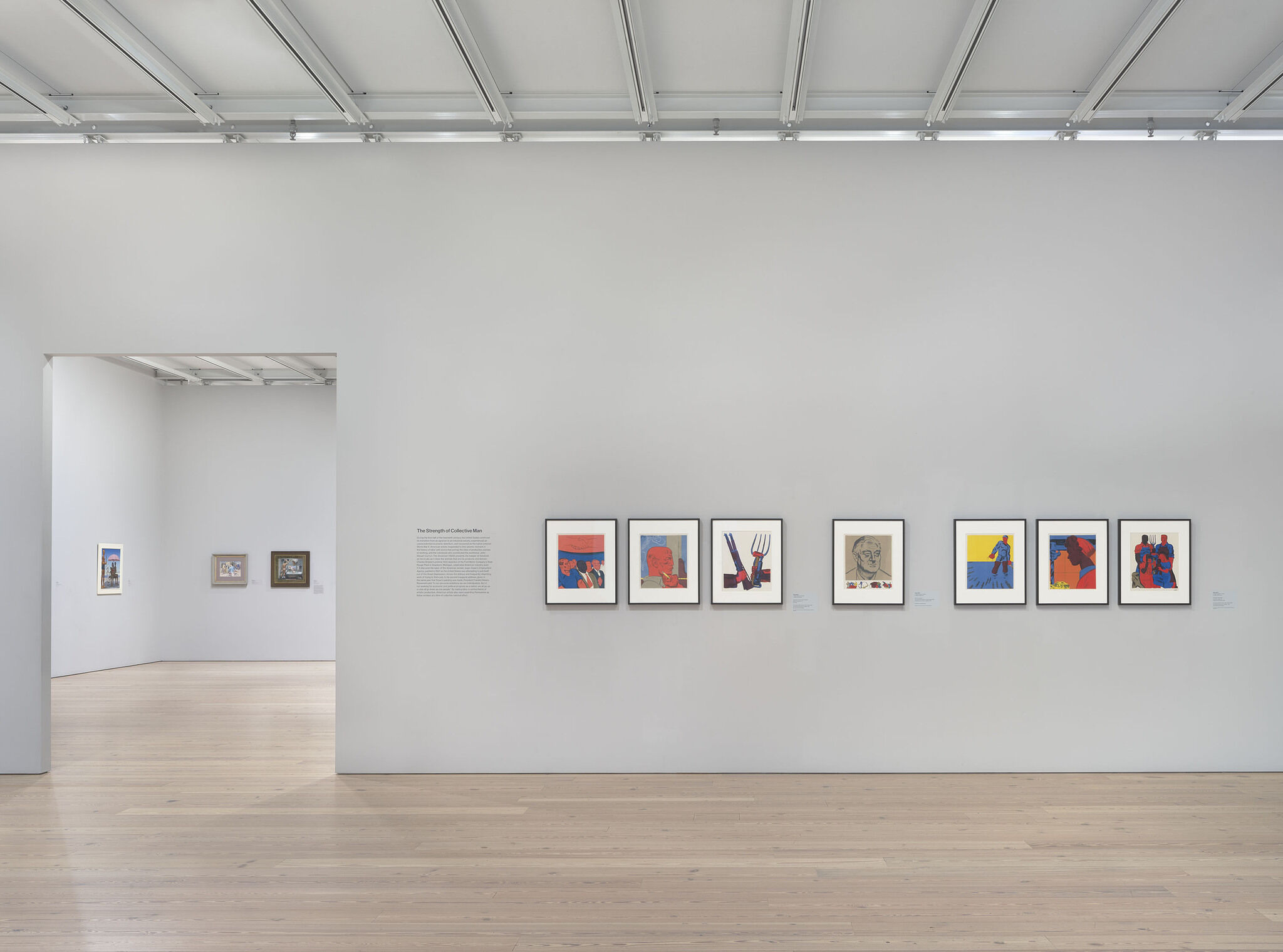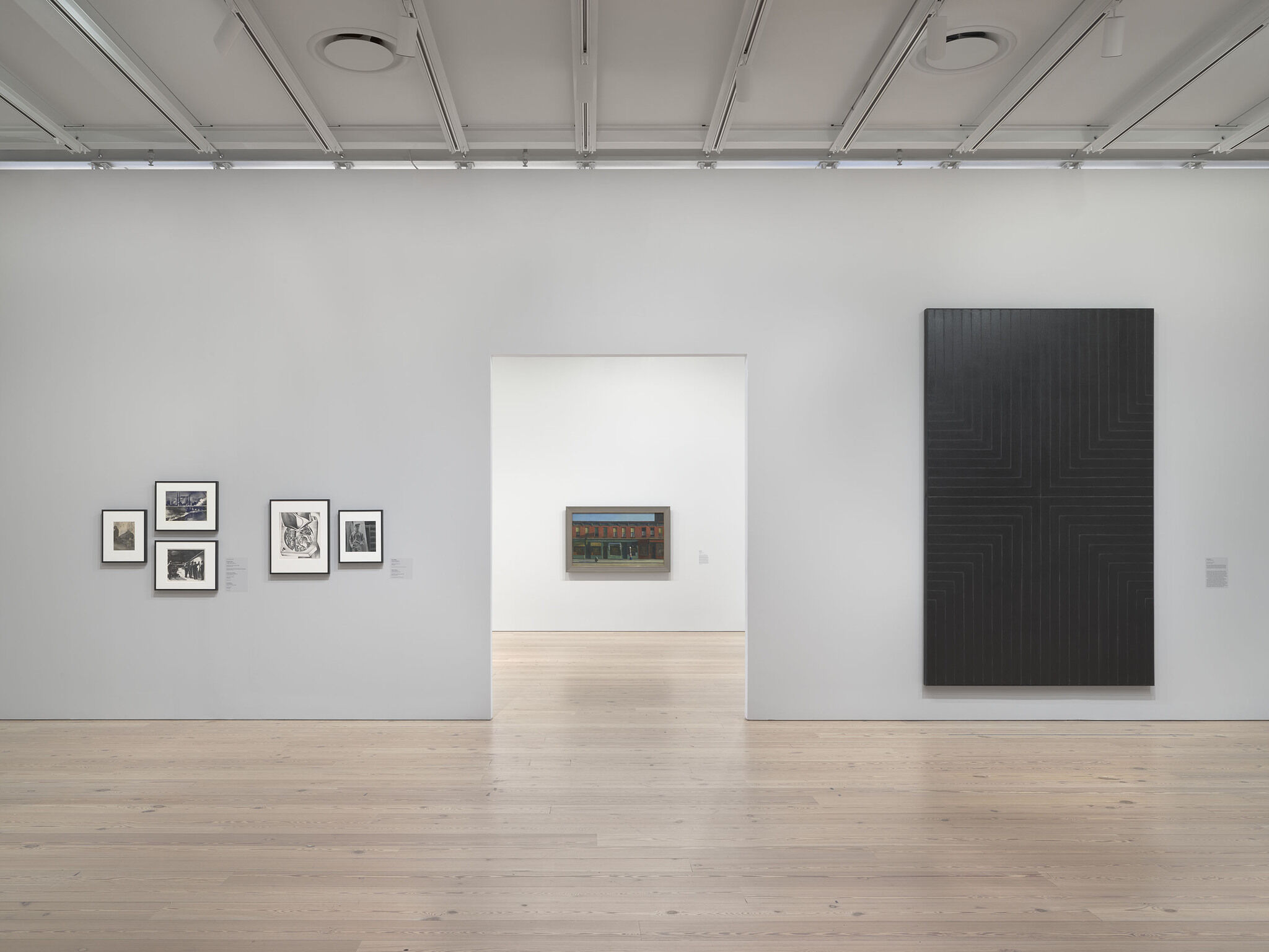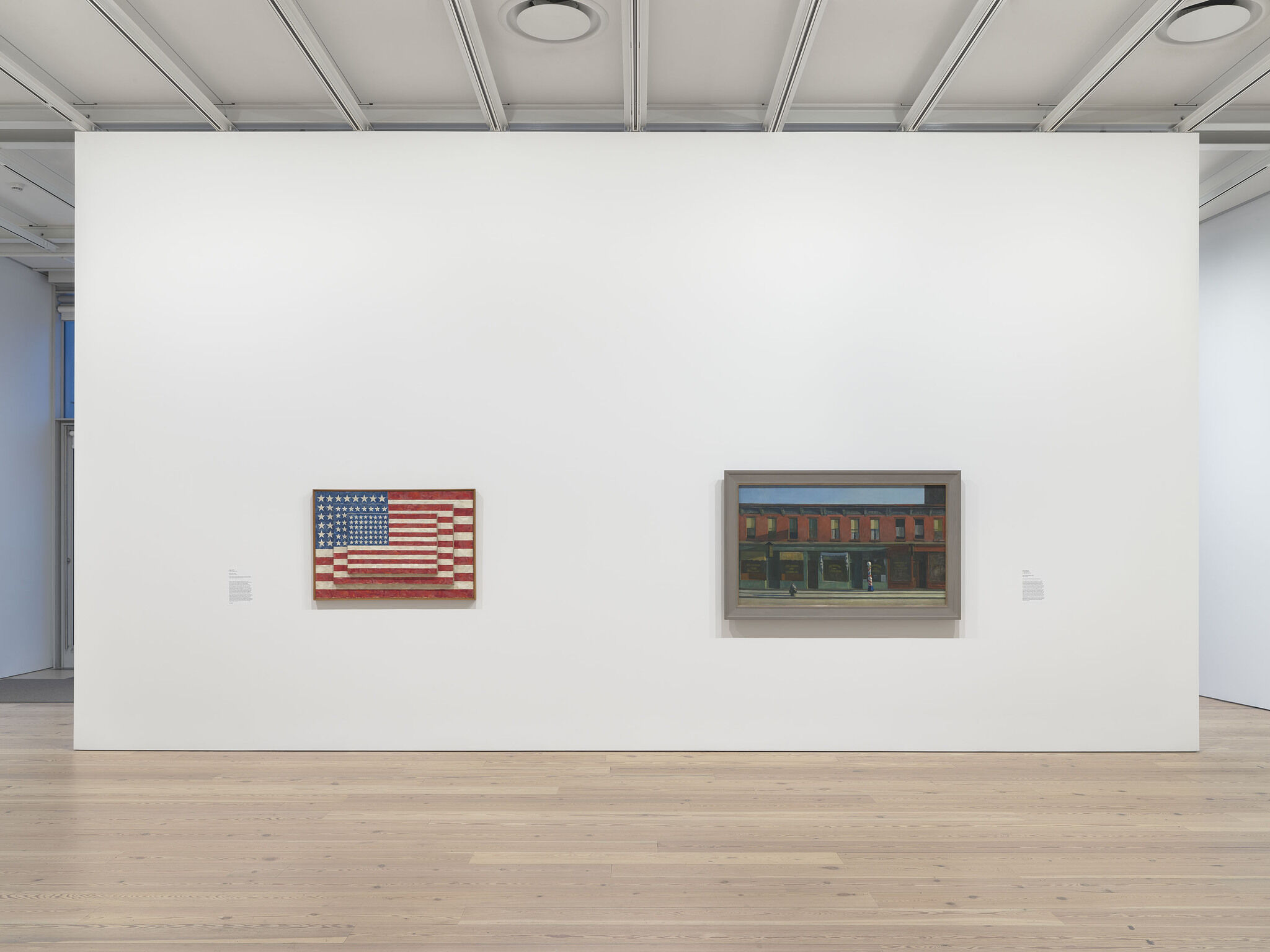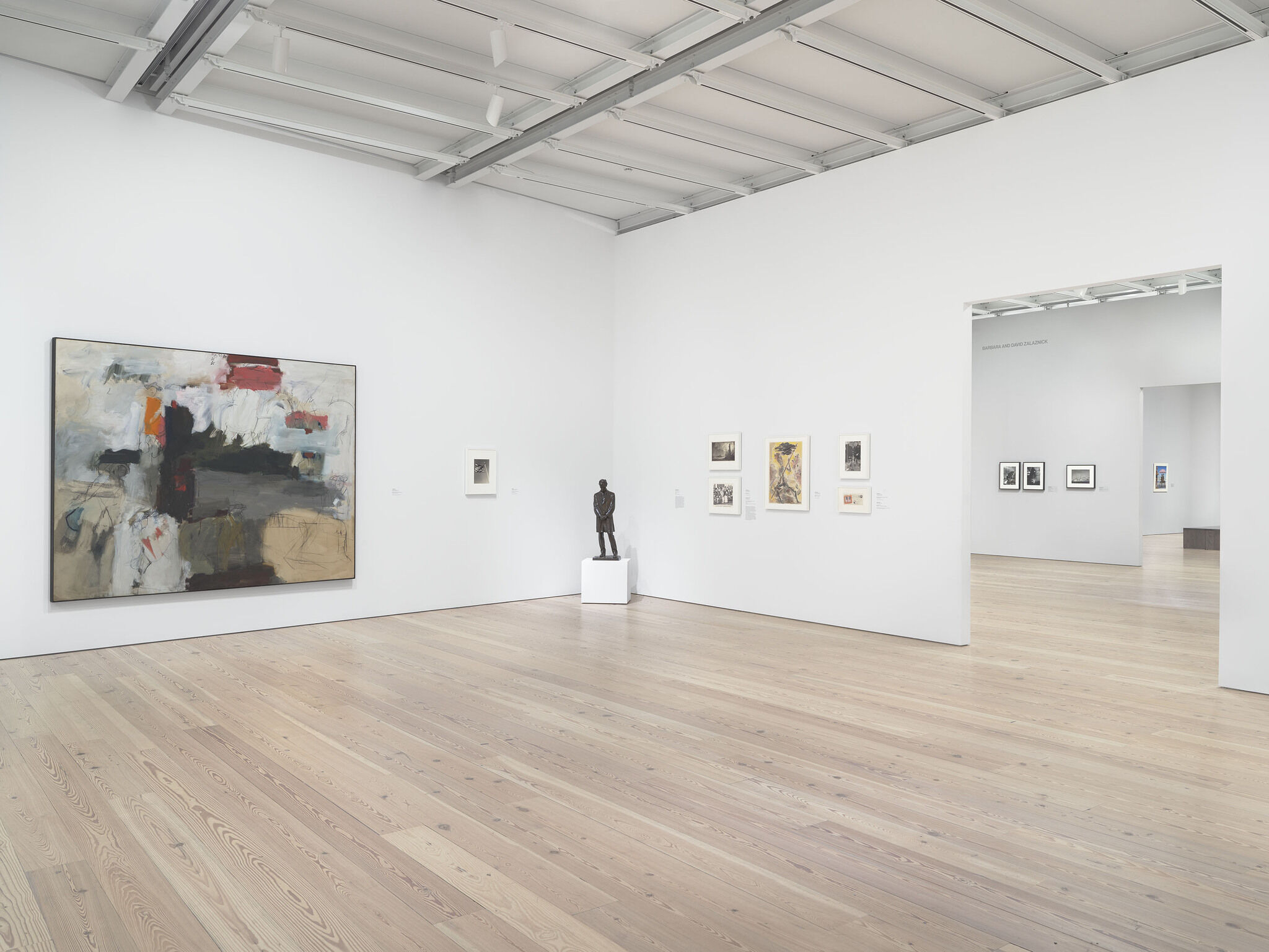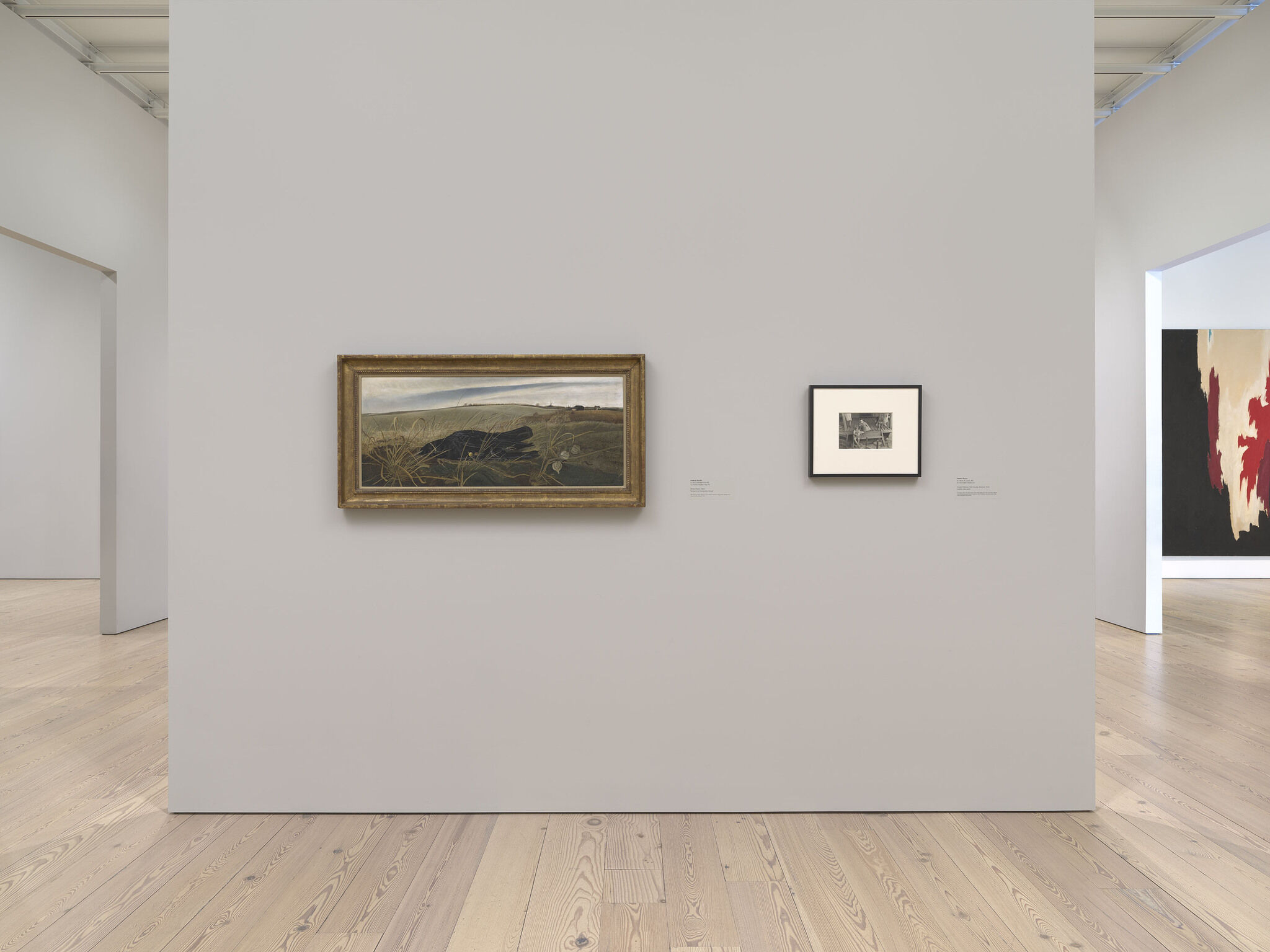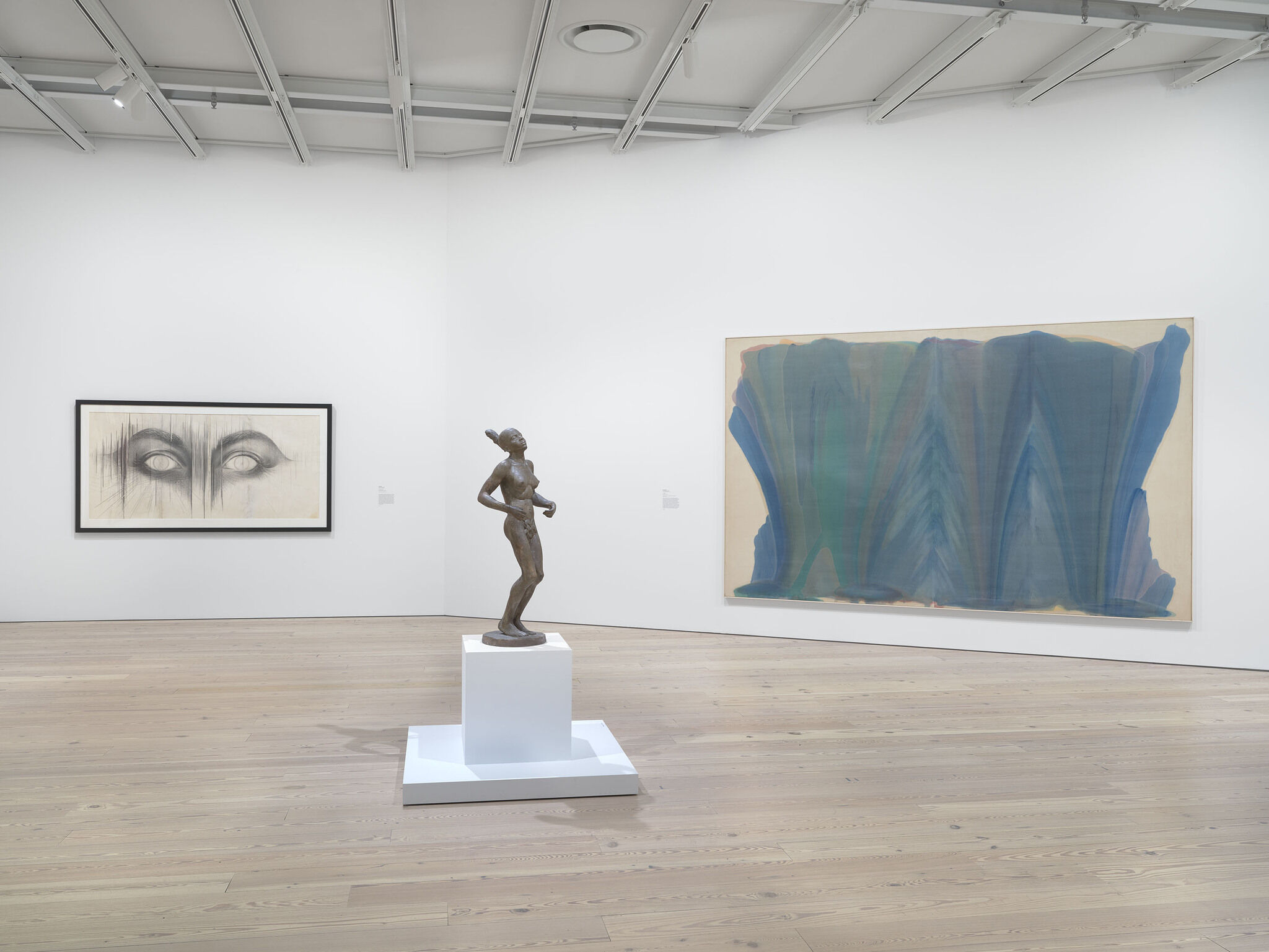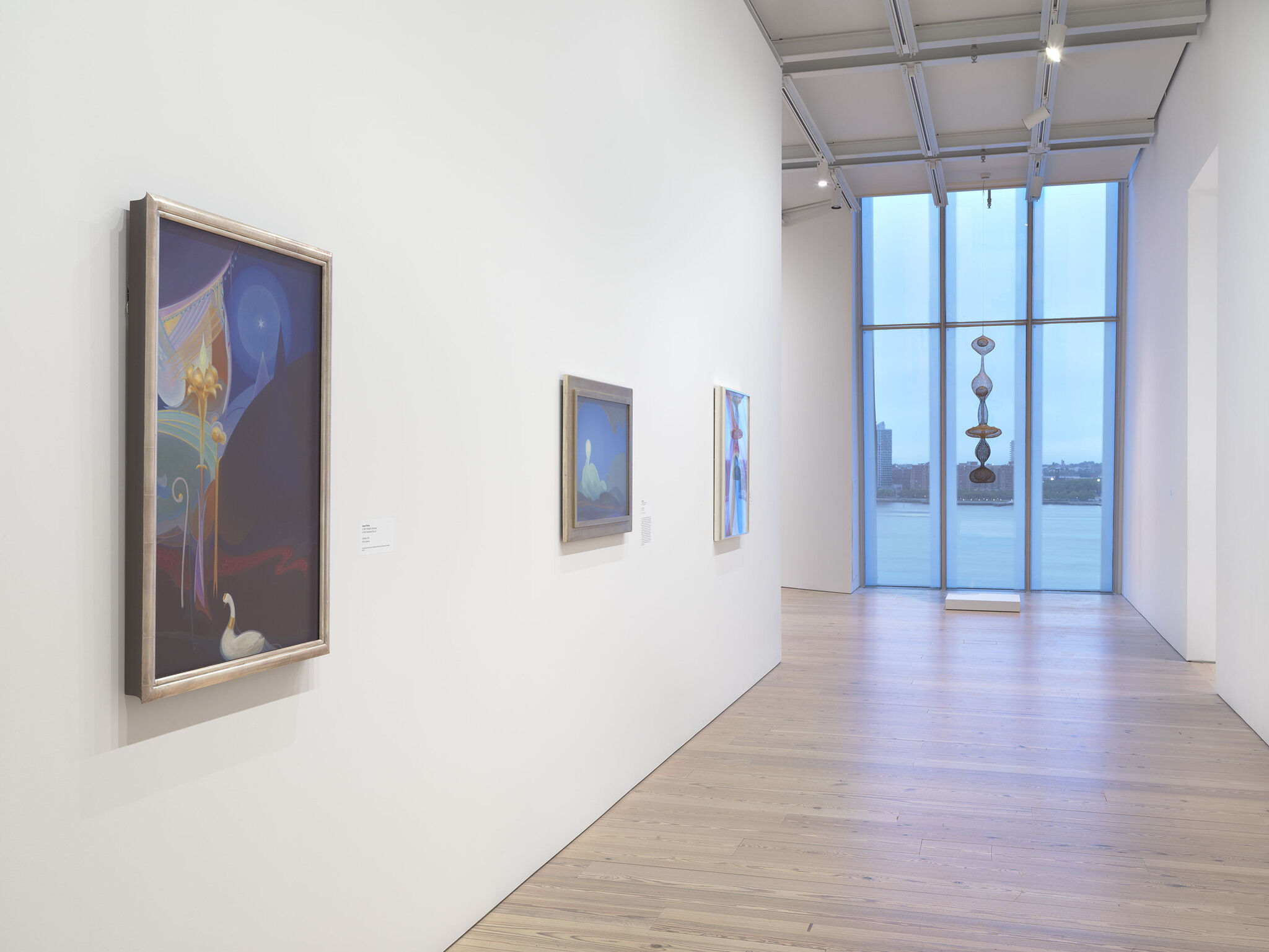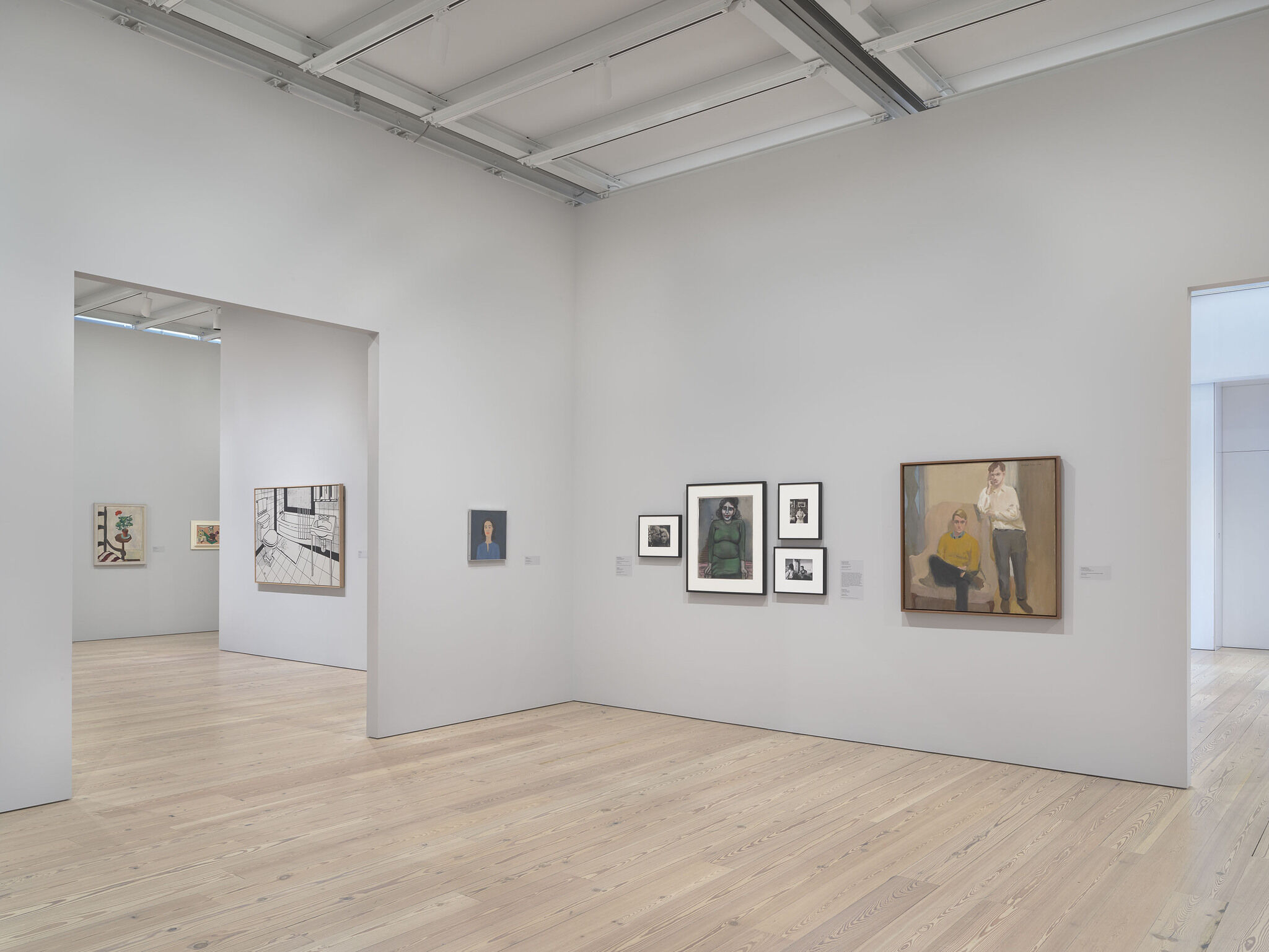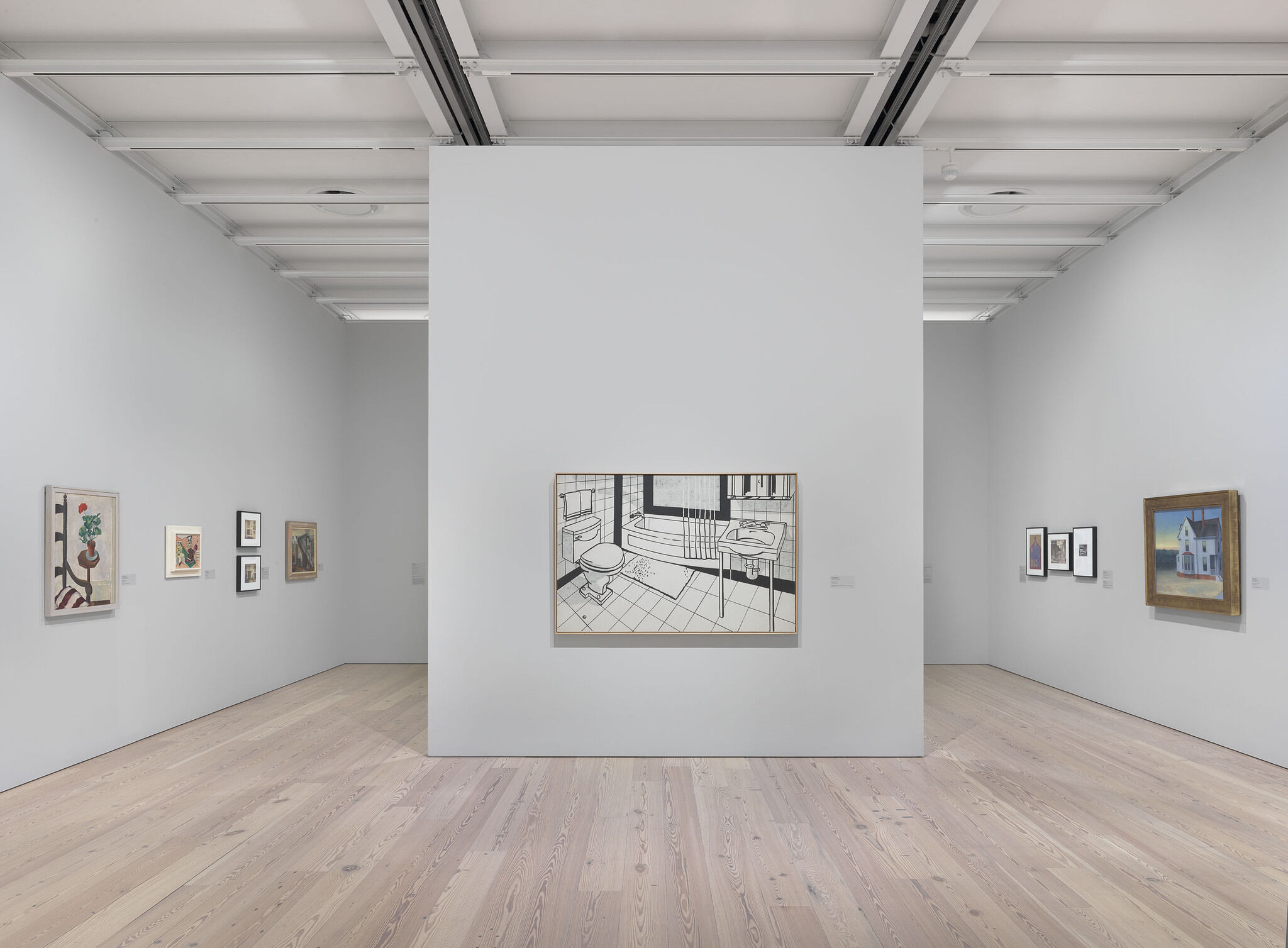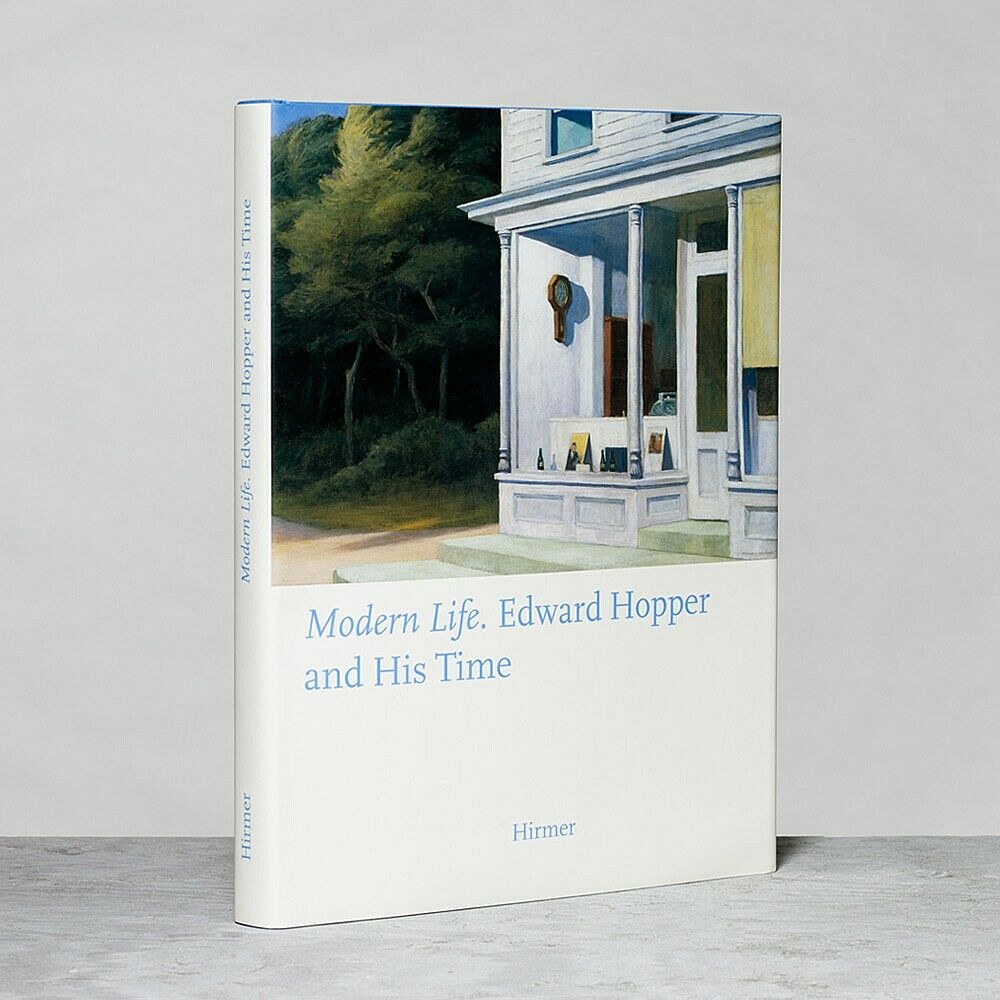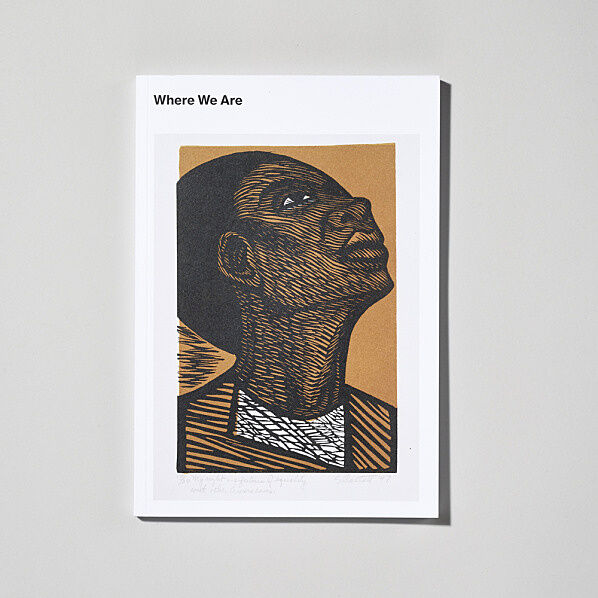Where We Are: Selections from the Whitney’s Collection, 1900–1960
Apr 28, 2017–June 2, 2019
Where We Are: Selections from the Whitney’s Collection, 1900–1960
Focusing on works made from 1900 to 1960, Where We Are traces how artists have approached the relationships, institutions, and activities that shape our lives. Drawn entirely from the Whitney’s holdings, the exhibition is organized around five themes: family and community, work, home, the spiritual, and the nation. During the six decades covered here, the United States experienced war and peace, economic collapse and recovery, and social discord and progress. American artists responded in complex and diverse ways, and a central aim of the exhibition is to honor each artist’s efforts to create her or his own vision of American life. The artists and their works suggest that our sense of self is composed of our responsibilities, places, and beliefs.
Where We Are, as well as each of its sections, is titled after a phrase in W. H. Auden’s poem “September 1, 1939.” Auden, who was raised in England, wrote the poem in New York shortly after his immigration to the United States and at the very outset of World War II. The title of the poem marks the date Germany invaded Poland. While its subject is the beginning of the war, Auden’s true theme is how the shadow of a global emergency reaches into the far corners of everyday life. Although mournful, the poem concludes by pointing to the individual’s capacity to “show an affirming flame.” Where We Are shares Auden’s guarded optimism, gathering a constellation of artists whose light might lead us forward.
Where We Are is organized by David Breslin, DeMartini Family Curator and Director of the Collection, with Jennie Goldstein, assistant curator, and Margaret Kross, curatorial assistant.
Where We Are: Selections from the Whitney’s Collection, 1900–1960 is sponsored by
Events
View all-

Ethics of Looking
Saturday, April 27, 2019
4:30 pm -
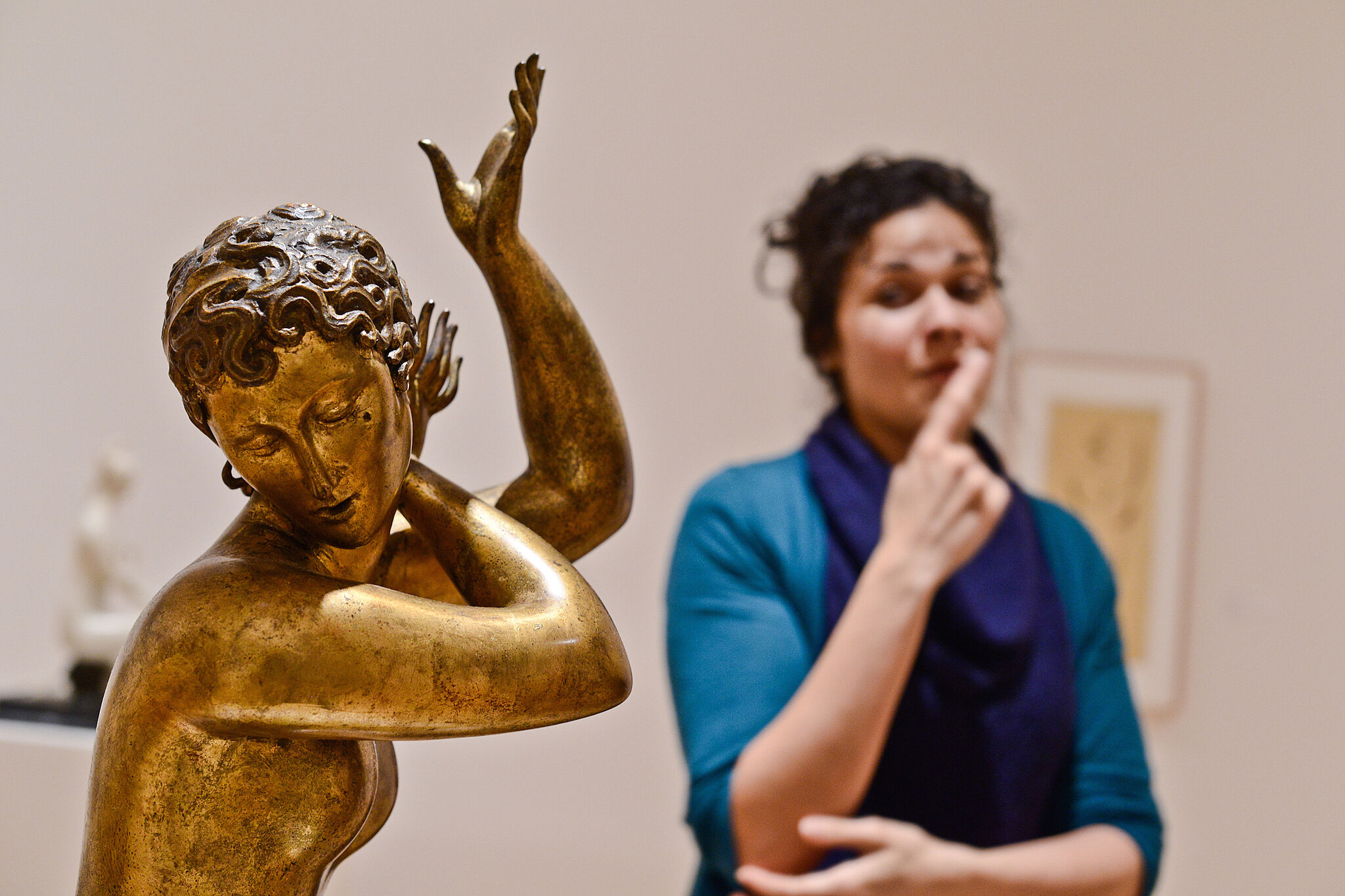
Whitney Signs: Where We Are: Selections from the Whitney’s Collection, 1900–1960
Saturday, January 12, 2019
4–6 pm -
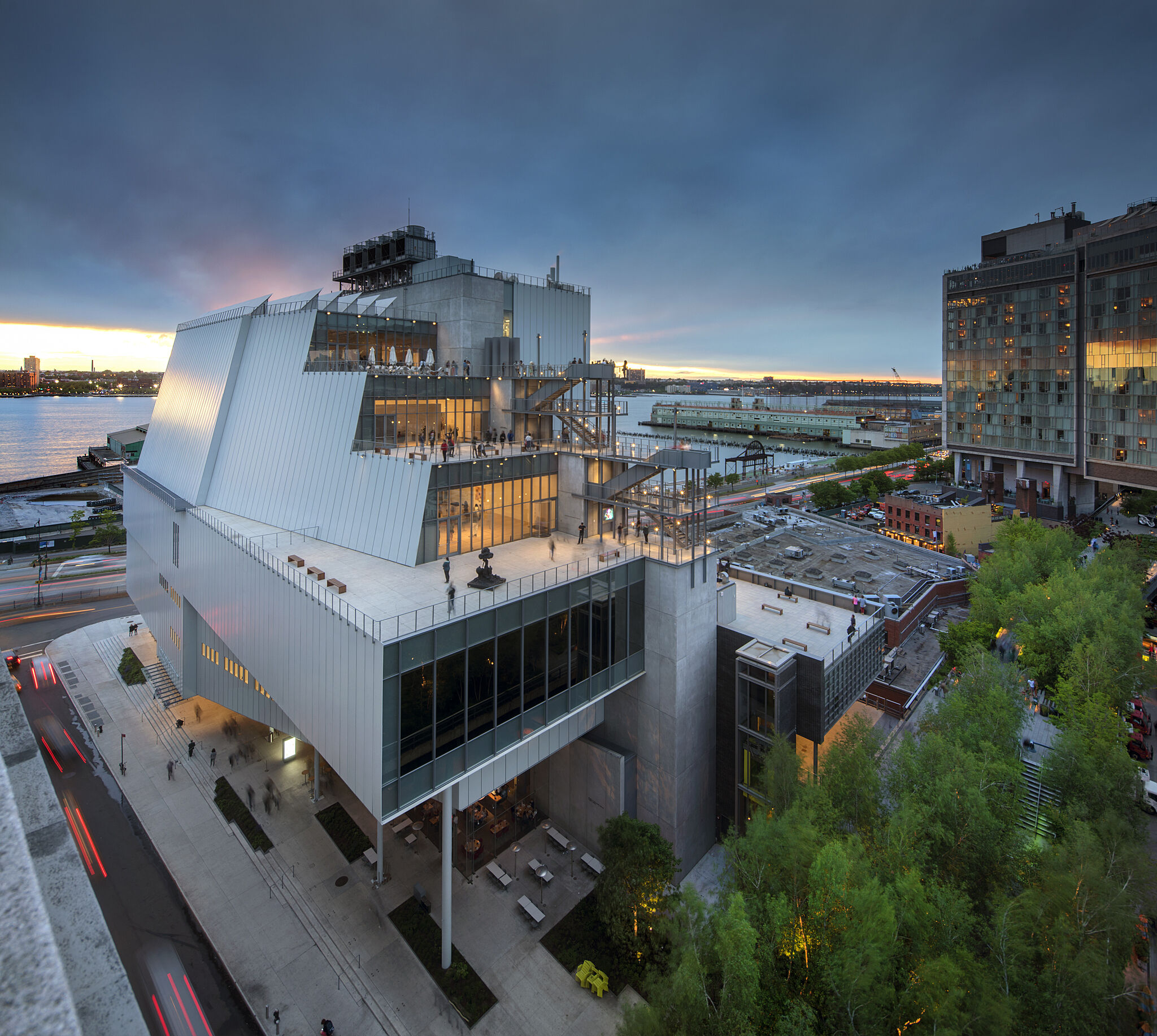
Member Night
Wednesday, December 5, 2018
7:30–10 pm -
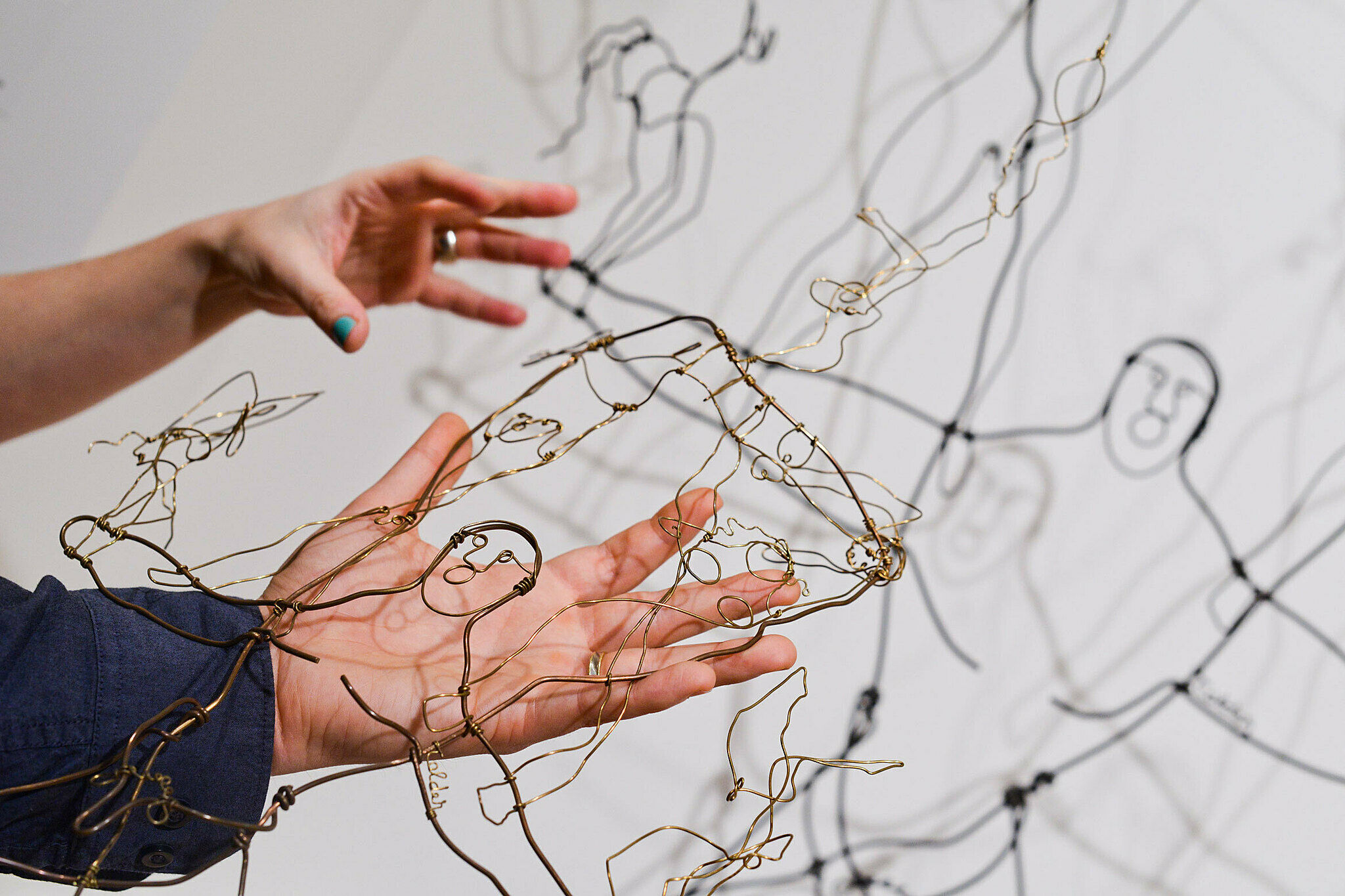
Verbal Description and Touch Tour: Where We Are: Selections from the Whitney’s Collection, 1900–1960
Friday, October 19, 2018
10–11:30 am
Publications
Modern Life: Edward Hopper and His Time
Modern Life: Edward Hopper and His Time traces the development of realism in American art between 1900 and 1940, emphasizing the diverse ways that artists depicted the sweeping transformations in urban and rural life that occurred during this period. The exhibition highlights the work of Edward Hopper, whose use of the subject matter of modern life to portray universal human experiences made him America’s most iconic realist painter of the 20th century. Drawn primarily from the Whitney Museum’s extensive holdings, Modern Life places Hopper’s achievements in the context of his contemporaries—the Ashcan School painters with whom he came of age as an artist in the century’s first decades, the 1920’s Precisionist artists, whose explorations of abstract architectural geometries mirrored those of Hopper, and a younger generation of American Scene painters, who worked alongside Hopper in New York during the 1930s.
Modern Life: Edward Hopper and His Time includes approximately 80 works in a range of media by Hopper and artists such as John Sloan, Alfred Stieglitz, Edward Steichen, Paul Strand, Charles Demuth, Guy Pène du Bois, Charles Sheeler, Charles Burchfield, Ben Shahn, Reginald Marsh.
Hardcover, 250 pages.
Where We Are Publication
Focusing on works made from 1900 to 1960, Where We Are traces how artists have approached the relationships, institutions, and activities that shape our lives. Drawn entirely from the Whitney's holdings, the exhibition is organized around five themes: family and community, work, home, the spiritual, and the nation. During the six decades covered here, the United States participated in two world wars, experiences economic collapse, and faced social discord. American artists responded in complex and diverse ways, and a central aim of the of the exhibition is to honor each artist's efforts to create her or his own vision of American life. The artists and their works suggest that our sense of self is composed of our responsibilities, places, and beliefs.
Published on the occasion of the exhibition, which opened on April 28, 2017, this volume includes more than 50 full-color reproductions of works as well as the interpretive text featured in the galleries.
In the News
“This stunning installation organized by David Breslin with Jennie Goldstein and Margaret Kross depicts another tumultuous time in American history.”
—The Villager
"The show examines how American artists responded in complex and diverse ways to these events and to simultaneously honor each artist’s efforts to create her or his own vision of American life."
—Artinfo

